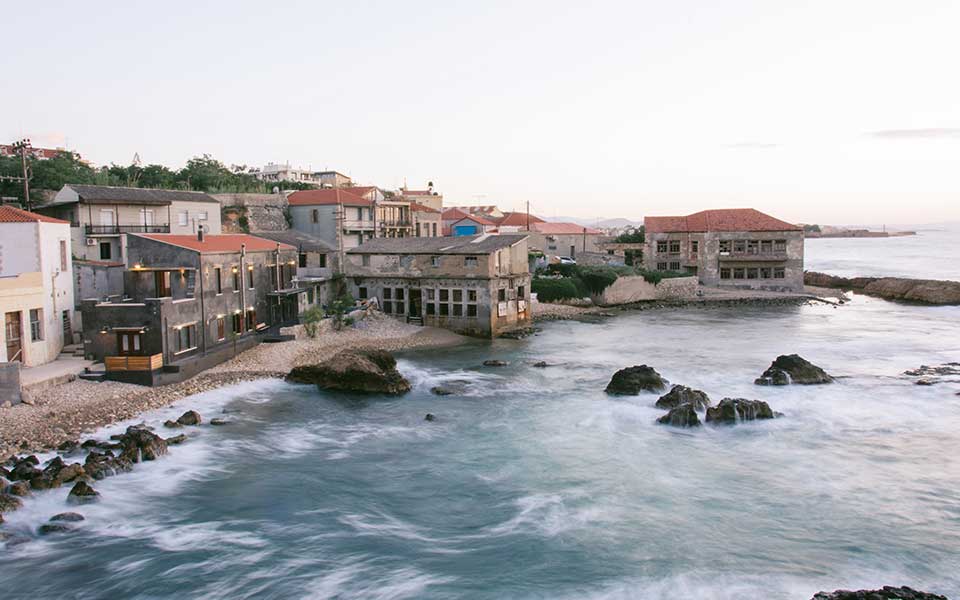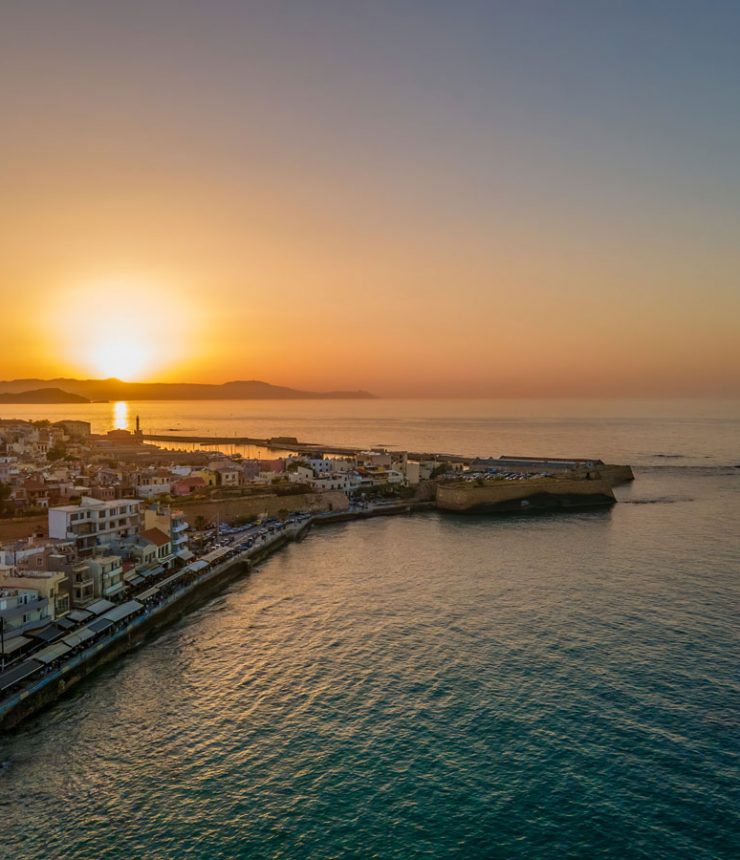TABAKARIA
A whole neighborhood on the city’s north eastern coast is considered an architectural monument, featuring mostly the remains of the industrial boom that took place in the 19th century. During the Egyptian occupation era, between 1830 and 1850, artisan tanners came flooding in, occupying the area that presented the ideal conditions for their craft. The processing of leather flourished right up to the 1950s when 80 tanneries were in full operation. Their location is adjacent to the affluent and aristocratic neighborhood of Chalepa, so the contradiction of this symbiotic co-existence of the aristocracy with the proletariat of an industry that was dirty, hard and extremely unpleasant to the nose is fascinating.
Once upon a time, these coasts witnessed hard working men breaking their backs soaking and washing skins since they typically arrived at the tannery dried, stiff and dirty with soil and gore. During the industrial revolution, ancient methods were still being applied in tanning and it was considered a noxious and odoriferous trade. Tanning facilities were purposefully allocated at the outskirts of any city in the poorest quarters. These days, perhaps even less than 6 of them are in business, others have been transformed to boutique hotels, residences and other businesses while some remain derelict and mysterious.











